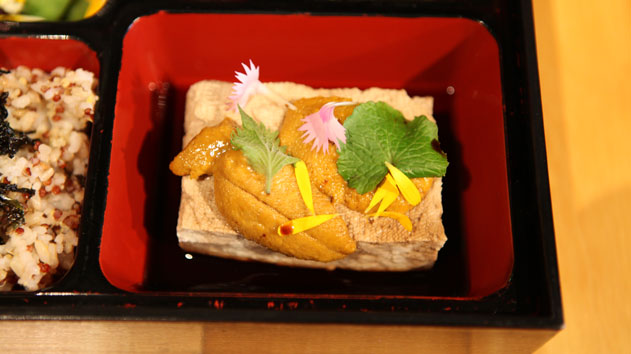 Inspired by the flavours of different teas, Varuni uses oolong tea to make tofu from scratch. The fragrance of the tea helps to create a balance of flavours created in her tea inspired bento box.
Inspired by the flavours of different teas, Varuni uses oolong tea to make tofu from scratch. The fragrance of the tea helps to create a balance of flavours created in her tea inspired bento box.Using local gin and dill with fresh oysters from Tasmania, this is a great recipe using some of Tasmania’s best produce.
Drink match Tamar Ridge Kayena Vineyard Riesling 2010, Tamar Valley, Tas
Traditionally, your fancy society ladies and gents might have downed bottles of Champagne with oysters – it’s a match as old as time itself (okay, not quite that old…). And being from Tasmania you could certainly happily pair one of the local sparkling pinot noir chardonnay blends with this dish – they’re some of the best examples in the land. However, I’m going to jump on the chance to match the dish with some local riesling. The dryness and crisp acidity mirror the best assets of the sparkling, but in addition you have the subtle spice and floral flavours of the riesling to help pick out the beautiful dressing. It’s like an extra splash of lemon juice on your oyster and who wouldn’t want that?
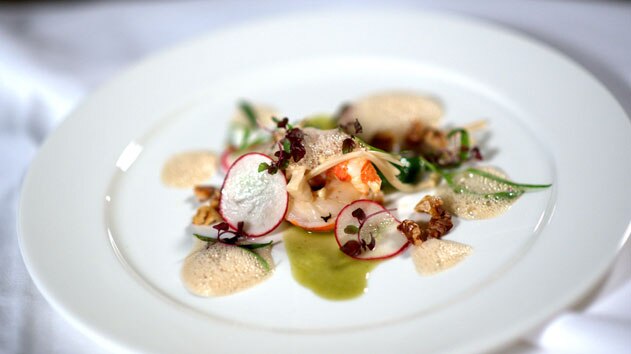 Using subtle beautiful flavours, head chef Mark Adler shares the stages involved in cooking a masterpiece for the stars.
Using subtle beautiful flavours, head chef Mark Adler shares the stages involved in cooking a masterpiece for the stars.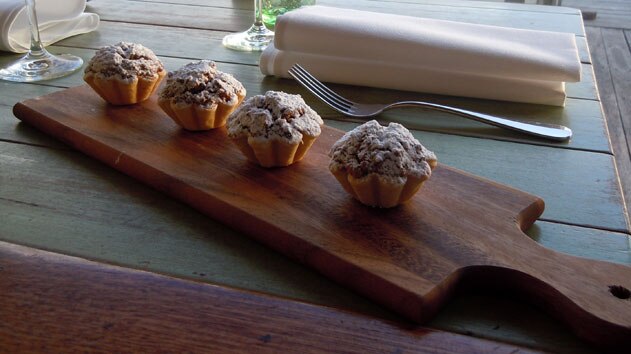 Emma D'Alessandro, head chef of Donovan's in Melbourne, shares this recipe for an Italian sweet. Boconotti, meaning "mouthful" or "bites", is said to have been invented around the late 1700s, when cocoa first started to circulate around Europe.
Emma D'Alessandro, head chef of Donovan's in Melbourne, shares this recipe for an Italian sweet. Boconotti, meaning "mouthful" or "bites", is said to have been invented around the late 1700s, when cocoa first started to circulate around Europe. 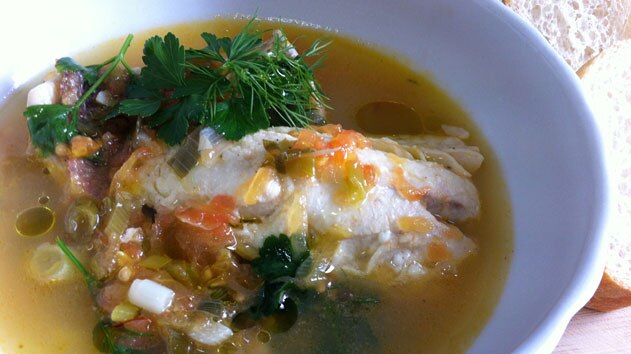 This fisherman’s soup is traditionally made by fisherman using small fish that were too small to sell at the markets, such as comber (hanos) scorpion fish (scorpions) and flying fish (helidonopsaro). These fish are often called "vrastopsara"; fish for boiling.
This fisherman’s soup is traditionally made by fisherman using small fish that were too small to sell at the markets, such as comber (hanos) scorpion fish (scorpions) and flying fish (helidonopsaro). These fish are often called "vrastopsara"; fish for boiling. 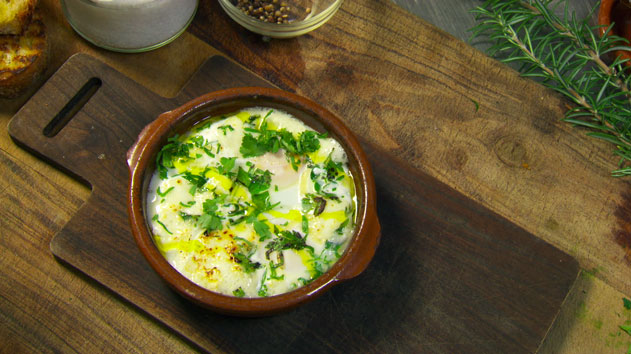 This is inspired by the French dish “oeufs en cocotte”, which derives its name from the terracotta dishes in which the eggs are cooked. There are many variations, but Jay’s version is influenced by his leanings towards Italian cuisine and his need to have a simple, fast, delicious and consistent dish to serve in his small and busy café. The dish is fantastic for breakfast or brunch.
This is inspired by the French dish “oeufs en cocotte”, which derives its name from the terracotta dishes in which the eggs are cooked. There are many variations, but Jay’s version is influenced by his leanings towards Italian cuisine and his need to have a simple, fast, delicious and consistent dish to serve in his small and busy café. The dish is fantastic for breakfast or brunch.
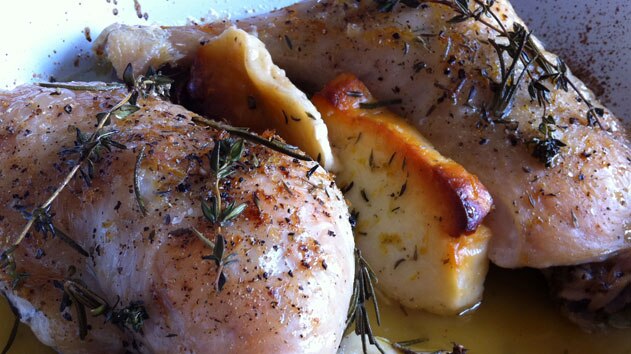 Haloumi cheese has its origins in Cyprus and they began making it during the Byzantine period. It then received popularity in the Middle East and was also made there.
Haloumi cheese has its origins in Cyprus and they began making it during the Byzantine period. It then received popularity in the Middle East and was also made there.
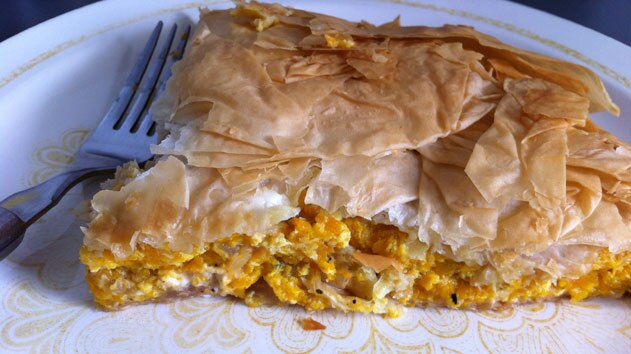 The pumpkin is said to have originated in North America, in particularly Mexico.
The pumpkin is said to have originated in North America, in particularly Mexico.
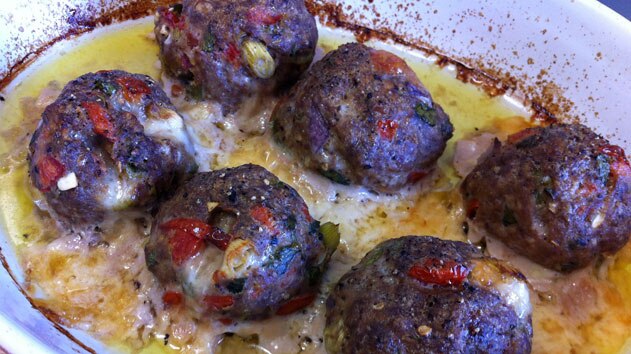 Mpiftekia are Greek burgers. They are larger than a meatball or “keftedes” and are often shaped into hamburger shapes and grilled, barbecued or baked. Sometimes the meat is placed around a souvlaki stick and grilled as you would a souvlaki.
Mpiftekia are Greek burgers. They are larger than a meatball or “keftedes” and are often shaped into hamburger shapes and grilled, barbecued or baked. Sometimes the meat is placed around a souvlaki stick and grilled as you would a souvlaki. 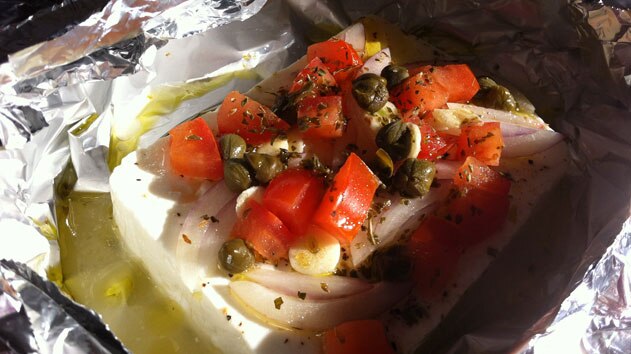 When meat is baked in parcels it is referred to as “kleftiko”. This dish is sometimes referred to as fetta kleftiko.
When meat is baked in parcels it is referred to as “kleftiko”. This dish is sometimes referred to as fetta kleftiko. 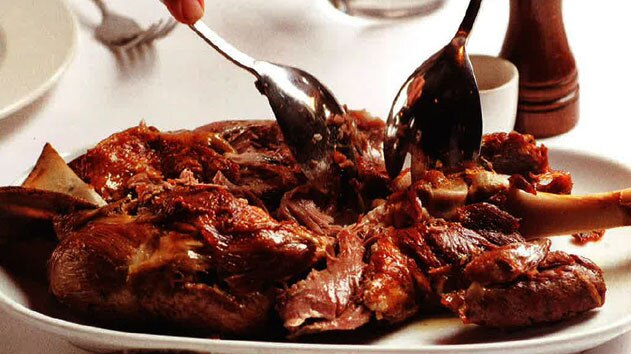 If you are not in a rush and want to prepare a very special dish, this is it. There’s no doubting slow-cooking requires patience, but the result will be worth it. All the cooking is done in one oven pan, infusing the vegetables and potatoes with the juicy flavours of the sweet lamb.
If you are not in a rush and want to prepare a very special dish, this is it. There’s no doubting slow-cooking requires patience, but the result will be worth it. All the cooking is done in one oven pan, infusing the vegetables and potatoes with the juicy flavours of the sweet lamb.
 The Spanish potato omelette is known in Spain as "tortilla". It can be served by itself as a snack in a cocktail, or warm with a salad for dinner. It is one of the Spanish classics. It is healthy, delicious, cheap and easy to prepare.
The Spanish potato omelette is known in Spain as "tortilla". It can be served by itself as a snack in a cocktail, or warm with a salad for dinner. It is one of the Spanish classics. It is healthy, delicious, cheap and easy to prepare.
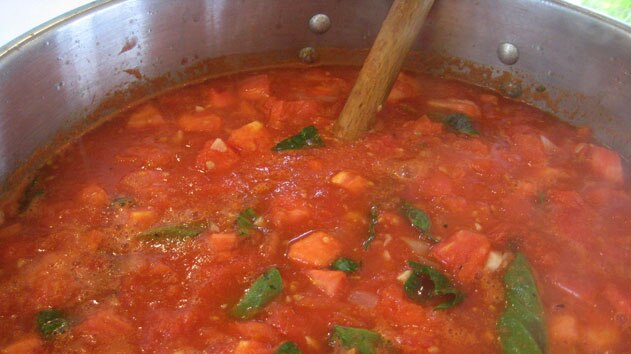 In summer tomatoes are in abundance so they are preserved uncooked in bottles or jars so they can be cooked in the winter. Tomatoes are the base for most Sicilian dishes. The following recipe is my mother’s version of fast food. The Napoli sauce is first cooked then placed into clean bottles sealed with a metal lid and boiled. (We use a 250ml juice bottle, a perfect size for pasta for two.)
In summer tomatoes are in abundance so they are preserved uncooked in bottles or jars so they can be cooked in the winter. Tomatoes are the base for most Sicilian dishes. The following recipe is my mother’s version of fast food. The Napoli sauce is first cooked then placed into clean bottles sealed with a metal lid and boiled. (We use a 250ml juice bottle, a perfect size for pasta for two.)
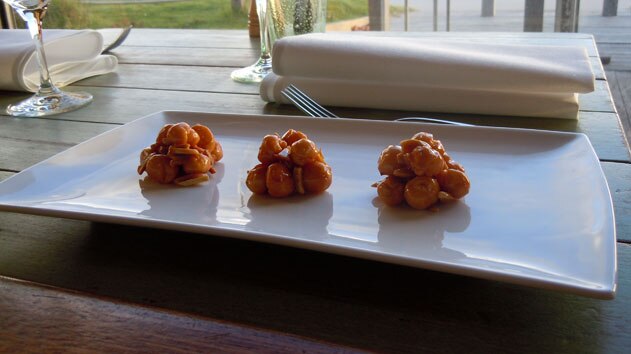 Coming from the word “cicerchie”, which are grass peas (chickpea-like legumes); these little pastries are eaten around the time of carnival in February. The pastry has ancient origins from the Umbria region.
Coming from the word “cicerchie”, which are grass peas (chickpea-like legumes); these little pastries are eaten around the time of carnival in February. The pastry has ancient origins from the Umbria region.